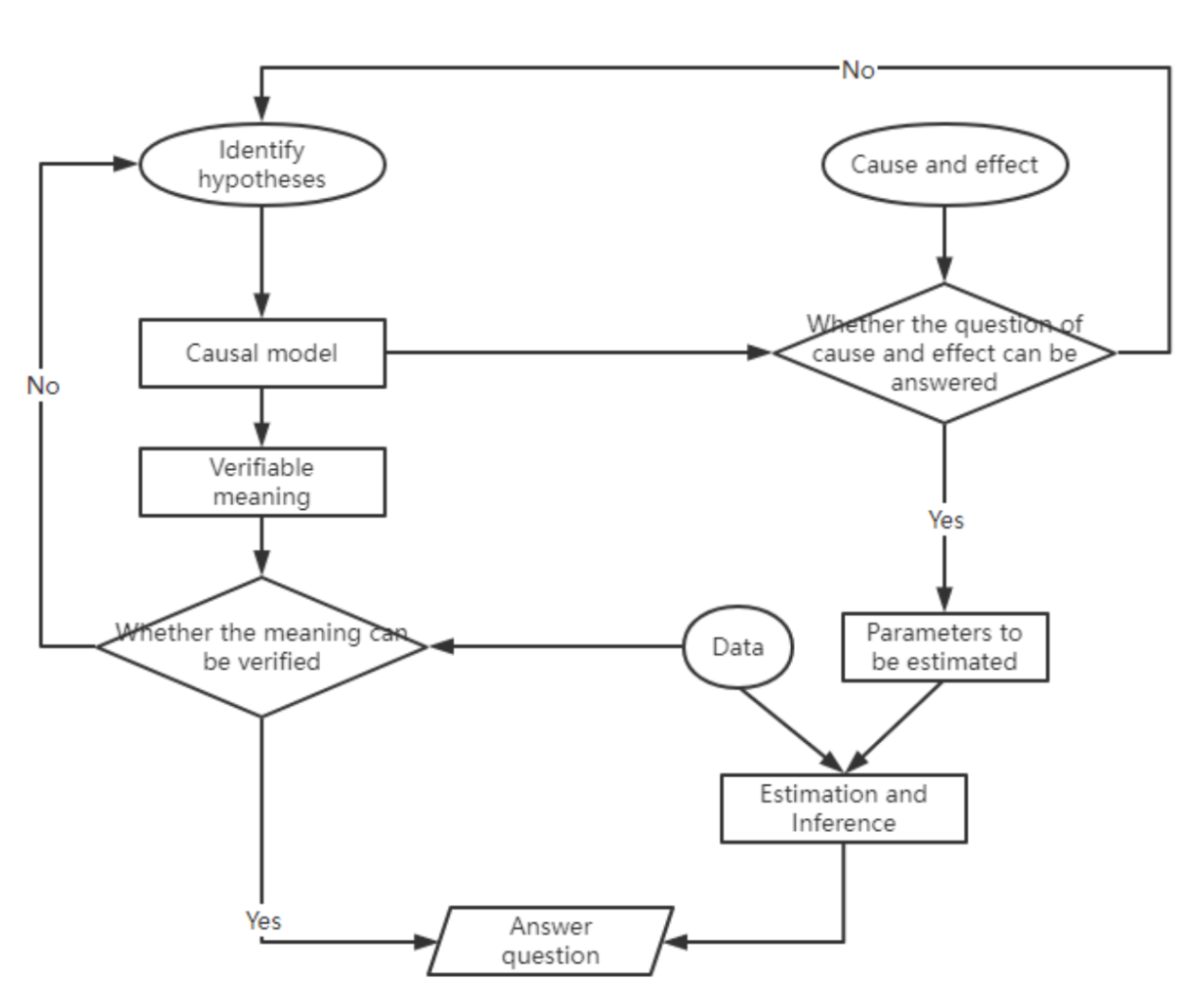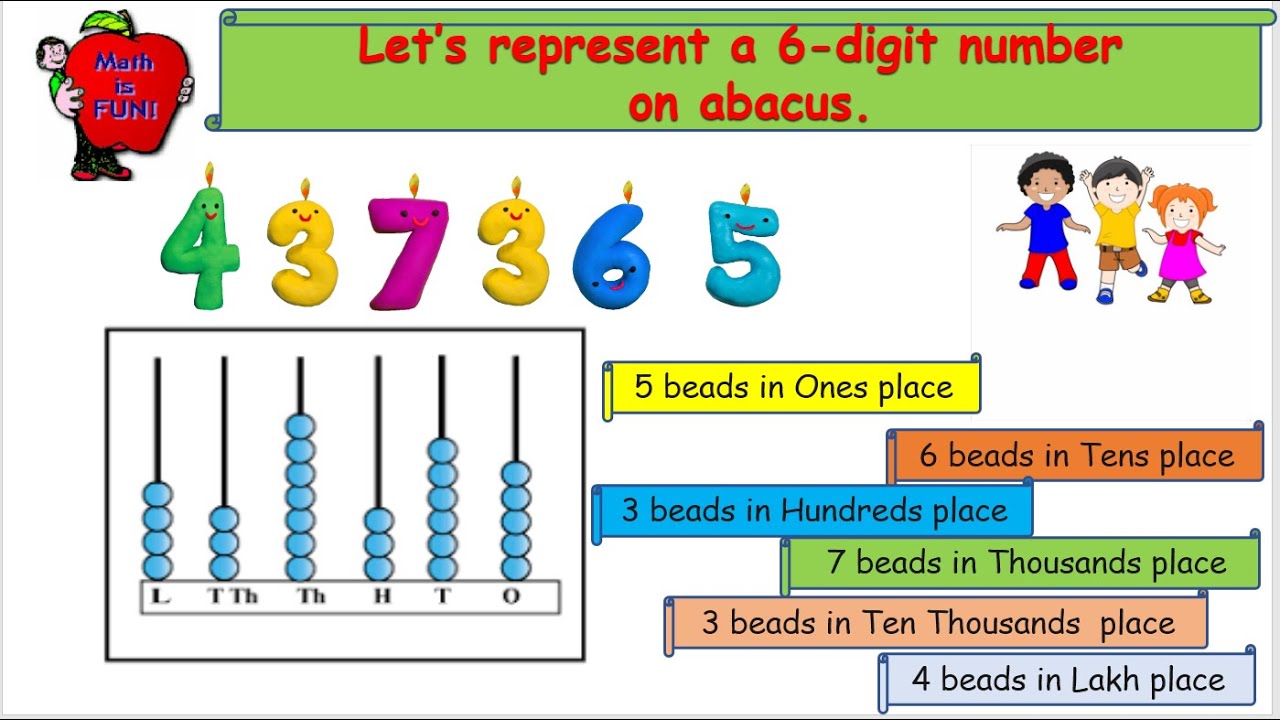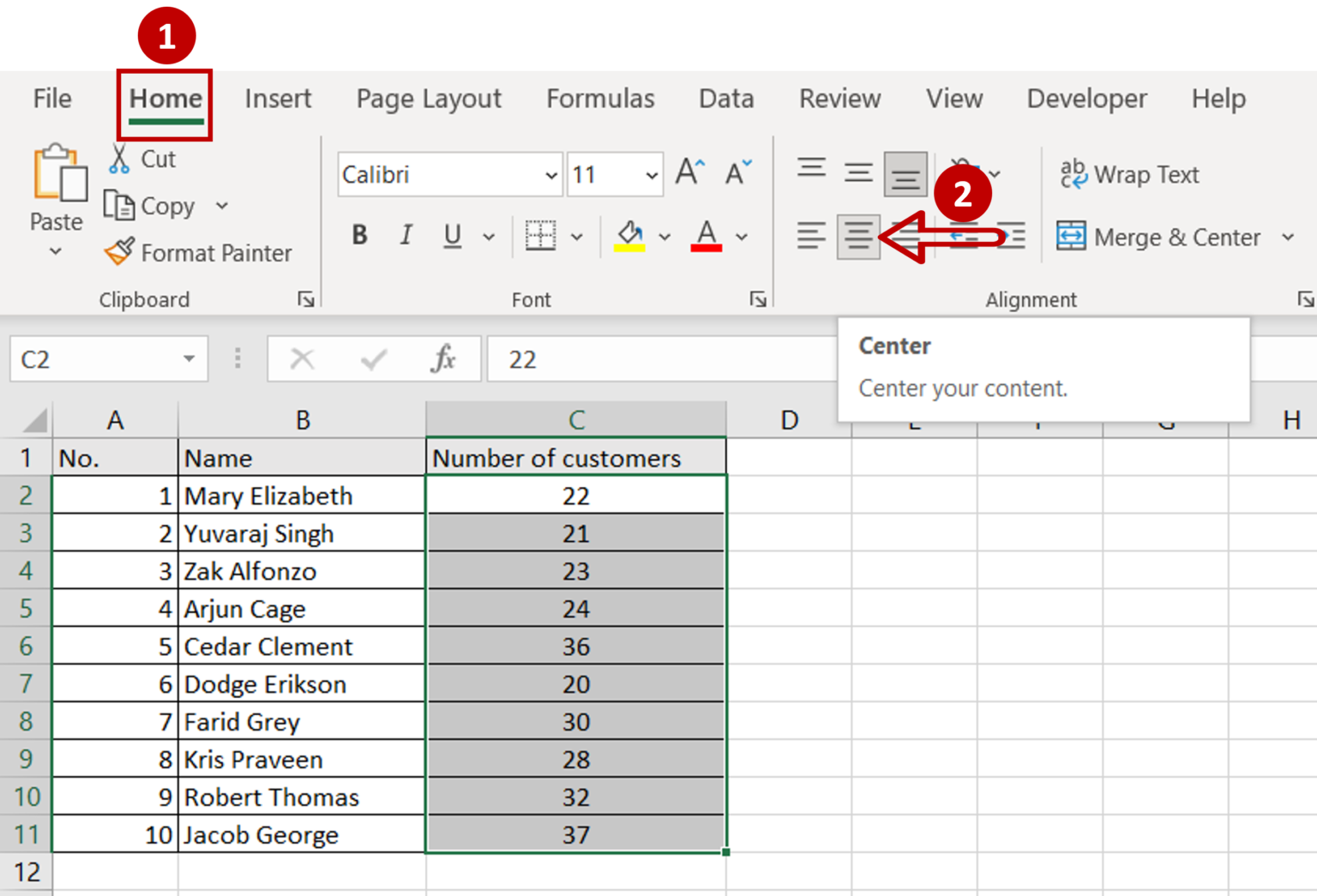Common Pitfalls: Array Results

In the world of programming and database management, understanding the intricacies of array results is crucial for efficient and accurate data handling. Array results, while offering a powerful way to organize and retrieve data, can also present several common pitfalls that developers must navigate to ensure optimal performance and avoid potential errors. This article delves into the challenges and best practices associated with array results, aiming to provide a comprehensive guide for developers to enhance their coding practices.
Understanding Array Results: A Foundation

At its core, an array result is a structured set of data elements that are grouped together under a single variable name. This variable can store multiple values, often of the same data type, allowing for efficient storage and retrieval. In many programming languages, arrays are a fundamental data structure, providing a means to manage and manipulate data in a concise and organized manner.
For instance, consider a simple scenario where we have a list of student names stored in an array. This array might look like ["Alice", "Bob", "Charlie", "David"]. Here, each element represents a student's name, and the array provides a structured way to access and manipulate these names.
However, the simplicity of this example belies the complexity that can arise when dealing with array results in real-world scenarios. From managing dynamic data to ensuring proper indexing and handling edge cases, there are several potential pitfalls that developers must be aware of.
Pitfall 1: Indexing Errors

One of the most common challenges with array results is the potential for indexing errors. Arrays are indexed, meaning each element has a unique position or index associated with it. For instance, in the student names array, Alice is at index 0, Bob at index 1, and so on. Mistakes in indexing can lead to critical errors, especially when dealing with large datasets.
Imagine a scenario where a developer is working with a large array of customer data, and they need to retrieve a specific customer's information based on their ID. If the indexing is incorrect, the developer might end up accessing the wrong customer's data, leading to inaccurate results and potential system errors.
Best Practice: Implement Robust Indexing Strategies
To mitigate the risk of indexing errors, developers should adopt robust indexing strategies. This includes using consistent naming conventions for array elements and ensuring that indices are always within the valid range. Additionally, implementing error-handling mechanisms to catch and manage out-of-range indices can help prevent critical errors.
For instance, instead of directly accessing an array element with an index, a developer might use a helper function that checks the validity of the index before proceeding. This extra layer of validation can significantly reduce the risk of indexing errors.
| Array Element | Index |
|---|---|
| Alice | 0 |
| Bob | 1 |
| Charlie | 2 |
| David | 3 |

Pitfall 2: Dynamic Data Management
Array results often deal with dynamic data, meaning the number of elements in the array can change over time. This dynamic nature can introduce complexities when it comes to managing and updating the array.
Consider a scenario where an array stores product prices, and new products are added frequently. The array's size must be able to accommodate these additions, but it must also ensure that existing data remains intact and accessible.
Best Practice: Use Dynamic Array Sizing Techniques
To manage dynamic data effectively, developers should employ dynamic array sizing techniques. This involves using data structures that can automatically resize themselves to accommodate new data while maintaining the integrity of existing elements.
For instance, instead of using a fixed-size array, a developer might opt for a dynamic array, which can expand or contract as needed. This approach ensures that the array always has enough space for new data while efficiently managing memory usage.
Pitfall 3: Edge Cases and Boundary Conditions
Array results often present edge cases and boundary conditions that can lead to unexpected behavior or errors. These situations typically occur at the extremes of an array’s range, such as when dealing with the first or last element, or when the array is empty.
Imagine a scenario where an array is used to store user preferences, and a developer is tasked with retrieving a specific preference based on a user ID. If the array is empty or the user ID is not found, the developer must handle these edge cases gracefully to prevent system errors.
Best Practice: Implement Comprehensive Error Handling
To tackle edge cases and boundary conditions effectively, developers should implement comprehensive error-handling mechanisms. This includes checking for empty arrays, handling out-of-range indices, and providing appropriate error messages or fallback options.
For instance, a developer might use conditional statements to check if an array is empty before attempting to access its elements. This approach ensures that the program doesn't crash due to unexpected data conditions.
Pitfall 4: Performance Considerations

Array results can impact a program’s performance, especially when dealing with large datasets or complex operations. The efficiency of array operations can vary depending on the programming language, data structure, and the specific operations being performed.
Consider a scenario where an array is used to store a large dataset, and the program needs to perform frequent searches or updates. The efficiency of these operations can significantly impact the program's overall performance.
Best Practice: Optimize Array Operations
To optimize array operations and enhance performance, developers should consider the following strategies:
- Use appropriate data structures: Different data structures, such as linked lists or trees, can offer better performance for specific operations.
- Optimize search algorithms: Employ efficient search algorithms like binary search, especially for large arrays, to reduce search time.
- Implement caching: Caching frequently accessed array elements can reduce the need for repeated searches or calculations.
- Consider parallel processing: If the array operations are amenable to parallel processing, utilizing multiple cores or threads can speed up computations.
Pitfall 5: Data Integrity and Consistency
Maintaining data integrity and consistency is crucial when working with array results. Ensuring that data is accurately represented, updated, and accessed is essential for reliable program behavior.
Imagine a scenario where an array is used to store employee records, and the program needs to update an employee's details based on their ID. If the update operation doesn't handle data integrity properly, it could lead to inconsistent or corrupted data.
Best Practice: Implement Data Validation and Consistency Checks
To maintain data integrity and consistency, developers should implement data validation and consistency checks. This includes verifying the validity of data before it’s stored or updated, ensuring that the array’s structure remains intact, and handling potential conflicts gracefully.
For instance, a developer might use input validation to ensure that employee data, such as names or IDs, meets certain criteria before being stored in the array. This helps prevent data corruption and ensures that the array remains consistent.
Conclusion: Navigating Array Results
Array results, while offering a powerful and efficient way to manage data, come with their own set of challenges and pitfalls. From indexing errors to dynamic data management, edge cases, performance considerations, and data integrity, developers must be well-equipped to navigate these complexities.
By understanding the potential pitfalls and adopting best practices, developers can ensure that their array results are accurate, efficient, and reliable. This not only enhances the performance and stability of their programs but also contributes to a more robust and maintainable codebase.
What is the primary advantage of using array results in programming?
+Array results offer a structured and efficient way to store and retrieve multiple values, often of the same data type. This makes them an ideal choice for managing data in a concise and organized manner, especially in scenarios where data needs to be accessed and manipulated frequently.
How can developers prevent indexing errors in array results?
+To prevent indexing errors, developers should implement robust indexing strategies. This includes using consistent naming conventions for array elements, ensuring indices are always within the valid range, and employing error-handling mechanisms to catch and manage out-of-range indices.
What are some strategies for managing dynamic data in array results?
+For dynamic data management, developers should use dynamic array sizing techniques. This involves employing data structures that can automatically resize themselves to accommodate new data while maintaining the integrity of existing elements. Dynamic arrays are a common choice for this purpose.



